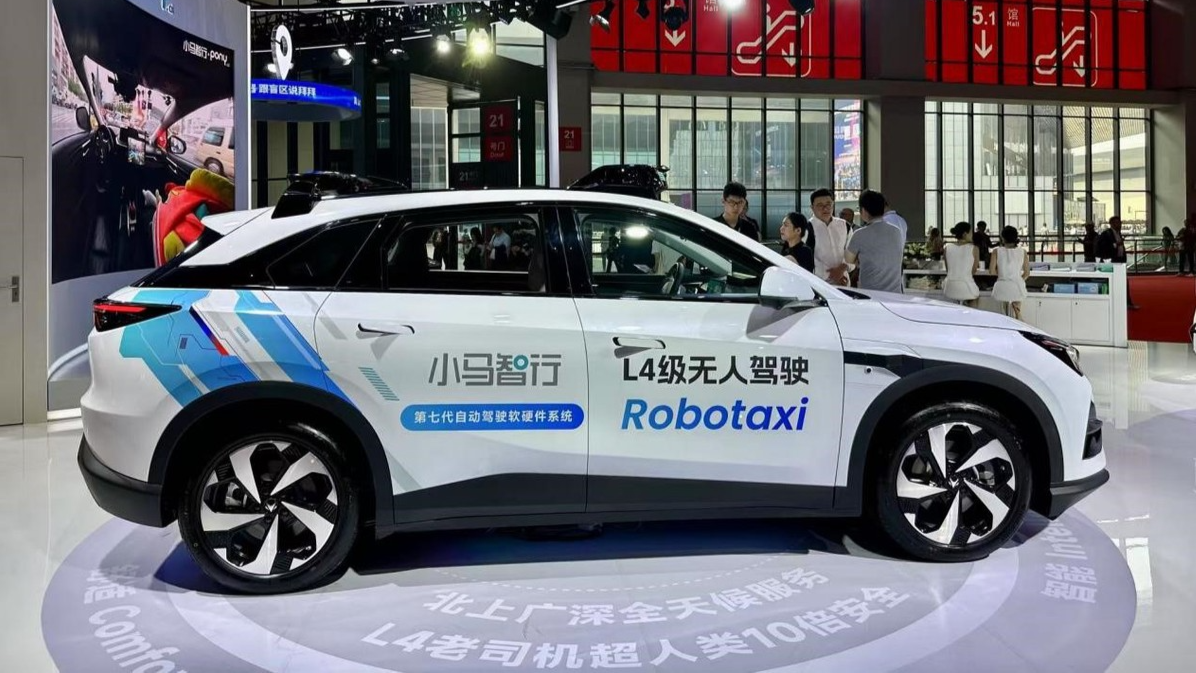
Nasdaq-listed Pony.ai reported strong unaudited financial results for the first quarter of 2025 on Tuesday, buoyed by a surge in robotaxi revenues and progress on cost-efficient mass deployment.
Total revenue in the quarter rose 12 percent year-on-year to $14 million, underpinned by a 200 percent increase in robotaxi service volume and an eightfold jump in fare-charging revenue, said the Toyota-backed autonomous driving company.
It said the strong growth rate was primarily attributable to the expansion of its public-facing fare-charging operations in tier-one cities in China and refined operational strategies for diverse user groups.
READ MORE: Pony.ai eyes bigger robotaxi fleet for edge in self-driving
"2025 is the year of scaling up for Pony.ai and we embraced it with strong growth momentum," said co-founder and CEO James Peng.
"The unveiling of our seventh-generation autonomous driving system marks a major step forward — reducing bill-of-materials costs by 70 percent compared to its predecessor — which positions us to expand our fleet to 1,000 vehicles by the end of this year," he said.
The seventh-generation system is designed to be cheaper and more efficient, addressing one of the industry's biggest challenges: scaling robotaxi operations without unsustainable capital outlays.
Chief Technology Officer Lou Tiancheng called the Gen 7 platform "the world's first to achieve full-scenario Level 4 autonomous driving on automotive-grade chips", a benchmark that the company claims extends vehicle lifespan and improves unit economics.
Lou added that Pony.ai's proprietary simulation and AI environment, "PonyWorld", and system improvements have made it possible for vehicles to operate in complex urban environments with minimal remote intervention.
He said the high efficiency of its remote assistant, which operates without the need for vehicle control, has slashed operating costs.
READ MORE: Chinese self-driving startup Pony.ai debuts on Nasdaq
"As we continue to advance our software and hardware technology, we are confident in our ability to accelerate and scale mass production and deployment in 2025," said Lou.


